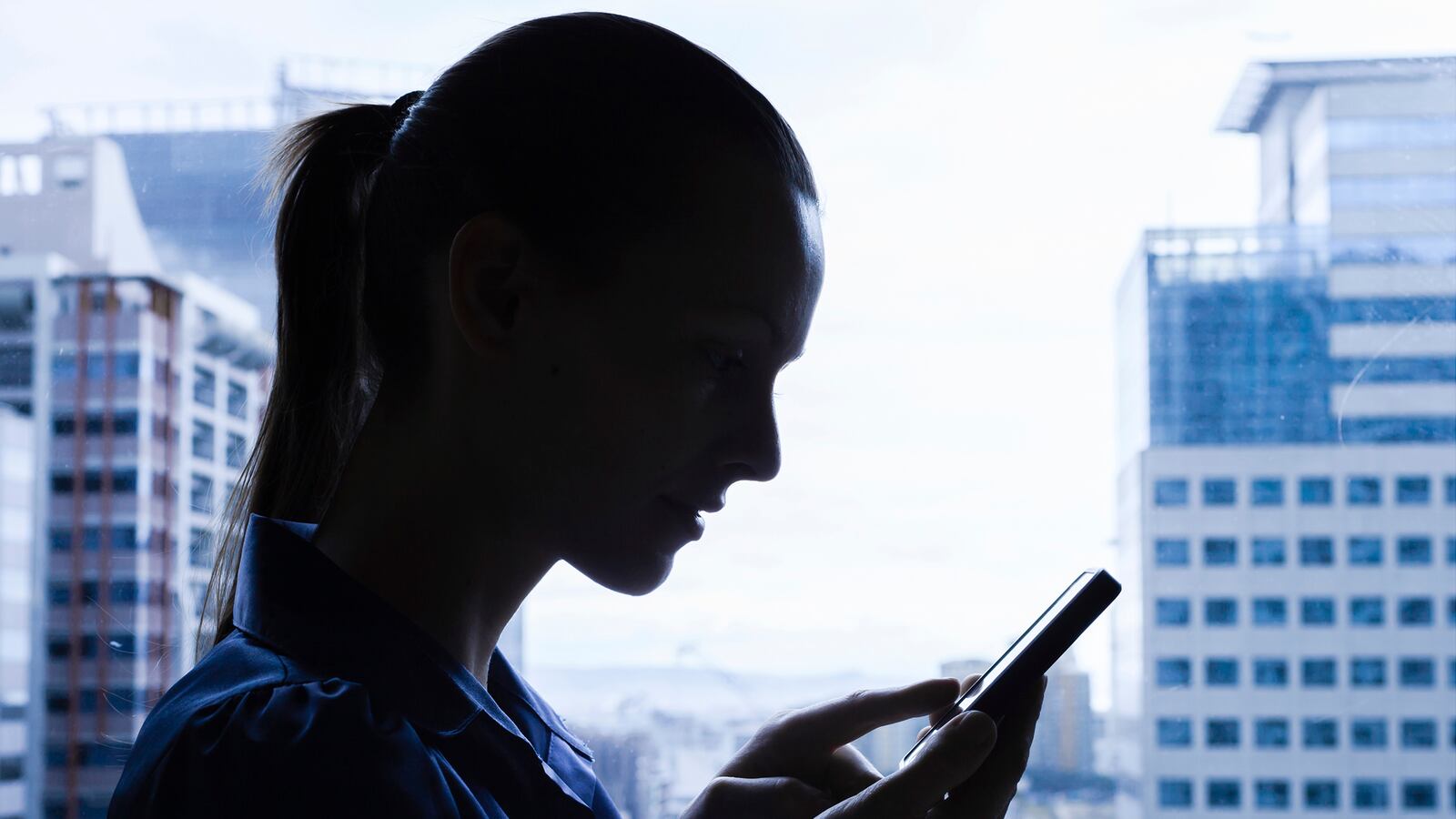After Thursday’s study, Dr. Irwin Redlener prefers to be interviewed by speakerphone.
There have been warnings before about a possible link between cell phones and cancer but none quite so clear as this: a $25-million study conducted by the U.S. National Toxicology Program (NTP), which found that male rats exposed to radiofrequency (RF) radiation developed “malignant gliomas in the brain and schwannomas in the heart” (PDF).
In other words: cell phone radiation gave them tumors.
When he heard the news, Dr. Redlener, a professor of Health Policy and Management in the Mailman School of Public Health at Columbia University, started drafting an email to his grandchildren. Then he decided to include some colleagues, too.
His advice? Until we know more, keep the handset away from your head as much as possible.
“This is a new wake-up call about the possible risks of cell phone use,” he told The Daily Beast.
There have been conflicting studies in the past about a cell phone-cancer link. As early as 2006, a Danish study published in the Journal of the National Cancer Institute found “no evidence for an association between tumor risk and cellular telephone use” among a large sample.
Human studies have generally—but not always—arrived at a similar conclusion. And as of this writing, the FDA acknowledges that “research is ongoing” but otherwise advises consumers that current data “shows no increased health risk due to RF energy” from mobile phones.
But methodologically speaking, no previous study lives up to the quality of the NTP’s new research, which Dr. Redlener calls “the most scientific, prospective study yet” in terms of its controls. It has been called “major,” “game-changing,” and “troubling”—for good reason. The findings will still have to be confirmed by future research, but it’s enough, the doctor says, to justify taking some precautions.
“We don’t need any dramatic cutback in using the phones but we have to use them more judiciously,” he noted.
Dr. Redlener has five pieces of advice for cell phone users who, by now, constitute a full 92 percent of Americans.
First, use a phone with a low Specific Absorption Rate (SAR) rating. According to the FCC, an SAR rating measures “the amount of radio frequency (RF) energy absorbed by the body when using a mobile phone.” The lower, the better.
Currently, the FCC’s legal SAR limit is 1.6 watts per kilogram. You can check your specific phone’s SAR rating online, often on the manufacturer’s website. Dr. Redlener recommends looking for phones with a 1.0 W/kg rating or less.
Second, use a speakerphone, wired headset, or Bluetooth for voice calls instead of putting the phone against your skull. Those headphones that come with your phone? Use them. In the 2010s, talking on a headset might be seen as “nerdy” or “unpopular” but taking a hit to your social standing is probably better than risking a brain tumor. And besides, if everyone’s doing it, Dr. Redlener notes, it will become normal again.
“The more popular it is, the less onerous it is as a social stigma to wear headphones,” he joked.
Dr. Redlener also recommends keeping your phone out of your pocket. SAR ratings are typically differentiated to show how much RF radiation you absorb when the cell phone is placed next to your head as opposed to near your body. The NTP study examined “whole body exposure”—the rats were placed in “custom-designed reverberation chambers” filled with RF radiation—so it might be prudent to keep your phone in a purse or a bag.
If you do want to stow your phone in your skinny jeans, turn the damn thing off. Pew Research Center data shows that 76 percent of Americans never turn their cell phones off or rarely do so.
The doctor’s final two pieces of counsel are both good news and bad for young people. The good news? Texting is less risky than calling, for obvious reasons. For American 18- to 24-year-olds, who send an average of 109.5 text messages per day, that shouldn't be a problem. But the dark side of that equation is that younger cell phone users are likely to be exposed to more RF radiation over their lifetime than older people.
“Tumors take a long time to develop,” Dr. Redlener explained. “I could use a cell phone against my head constantly and I’d be gone from other causes before I get knocked out by an RF-induced brain cancer—probably.”
The rats in the NTP study, on the other hand, were exposed to RF radiation “starting in utero and continuing throughout their lifetimes.” That could be troubling for a rising generation of Americans who practically grew up with smartphones in their cribs. The more time you have left on earth, the more RF radiation you will be exposed to in your lifetime, which means younger people should be especially cautious, the doctor advises.
There are limitations to the NTP study, of course. For one, it was a rat study—a similarly-designed human study would be wildly unethical—and only male rats were significantly impacted by the radiation. The study is certainly not cause to throw away your phone or stop using it altogether.
A spokesperson for the GSM Association (GSMA), which represents virtually every major cell phone carrier, wants the study to be put into perspective, telling Fortune that they “will be considered by the scientific community in the context of the whole body of available research, the consistency of the findings, and the importance of replication.”
But more data from the NTP is coming soon. According to the partial findings released Thursday, more results will be published in peer-reviewed journals later this year, with more studies to come by the end of 2017. We won’t be going back to landlines anytime soon, but questions around the cell phone-cancer link are far from settled.





